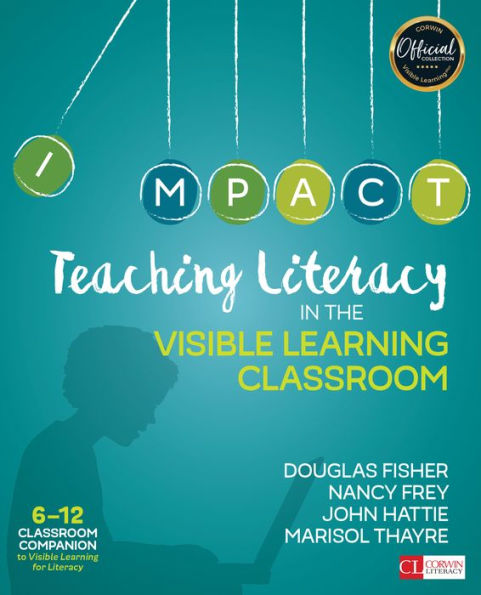5
1
9781506332376



Teaching Literacy in the Visible Learning Classroom, Grades 6-12 / Edition 1 available in Paperback, eBook

Teaching Literacy in the Visible Learning Classroom, Grades 6-12 / Edition 1
- ISBN-10:
- 1506332374
- ISBN-13:
- 9781506332376
- Pub. Date:
- 05/19/2017
- Publisher:
- SAGE Publications
- ISBN-10:
- 1506332374
- ISBN-13:
- 9781506332376
- Pub. Date:
- 05/19/2017
- Publisher:
- SAGE Publications

Teaching Literacy in the Visible Learning Classroom, Grades 6-12 / Edition 1
$39.95
39.95
In Stock

Product Details
| ISBN-13: | 9781506332376 |
|---|---|
| Publisher: | SAGE Publications |
| Publication date: | 05/19/2017 |
| Series: | Corwin Literacy |
| Edition description: | First Edition |
| Pages: | 232 |
| Sales rank: | 533,069 |
| Product dimensions: | 7.30(w) x 9.00(h) x 0.60(d) |
About the Author
From the B&N Reads Blog
